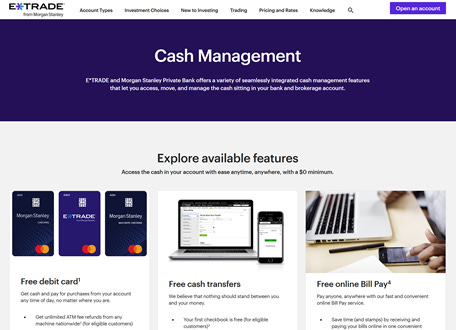How many times a day will you have a financial transaction? It might be a stop at Starbucks, lunch at In-N-Out, a mid-day cupcake drop from a Sprinkles vending machine, or just staying home buying goods from Amazon. Autopay might kick in to cover the mortgage and car payments. In fact, a consumer, on average, executes 39 payments per month.1 Add up the actual dollar amounts, and you begin to understand your living standard.
The Data
How do you pay? Preference for how to pay has moved toward plastic and away from cash and checks. The chart below was created from data gathered in the “2022 Survey and Diary of Consumer Payment Choice” published by the Federal Reserve. On average, credit and debit cards handle 60% of payment transactions, while electronic payments (“bank account number” payments and online bill-pay) are responsible for 13%. Checks are so pre-1990s, down to 4% of payments as of 2022.
Traditional Bank Checking and Savings
Traditional bank relationships to facilitate payments have been the norm. A checking account, the ability to use the bank’s ATMs, a debit feature, online bill-pay, and FDIC insurance. Suppose you are like the typical American household and pay for most transactions via cash, debit cards, and online bill-pay. In that case, you can honor your historical preferences and add an alternative that expands your savings options by making a switch.
Traditional bank checking and savings accounts can serve a role, but there are alternatives today for our transaction and investment needs, all under one roof. Why is this so important? Because streamlining the number of financial accounts makes it easier to frame your full financial picture.
A Brokerage Account With a Cash Management Feature
You don’t need to be rich to have a brokerage account with an attached cash management feature. Investment companies offer products that combine the transactional needs provided by traditional banks with the feature to research and invest in stocks, index funds, and mutual funds either by self-direction or with the help of an advisor. Below are examples from Fidelity, E*Trade, and Schwab. I am not endorsing or being compensated and sharing this to show you what exists in the market. Besides a credit card, what more do you need for most of your financial life?
Brokerage Accounts Must Haves
If you buy into today’s lesson, here is a list of what to look for when shopping for a brokerage account.
Includes a cash management account/feature so checks can be written, ATMs can be used with full reimbursement of any fees, and you receive a debit card
Assure any cash is placed at FDIC-insured partner banks
A visually appealing online platform
Investment tools for research into stocks, bonds, mutual funds and exchange-traded funds (ETFs)
The ability to pay bills online
A mobile app for account management that includes the ease of depositing physical checks received from others with your mobile device
Low commissions ($0) for buying and selling financial securities
What You Can Expect When You Apply
FINRA (Financial Industry Regulatory Authority) has a very good page on brokerage accounts you can trust. Brokerage account applications should be straightforward, and below is some typical information you will be asked to provide. The opinion I share with my students is highlighted by PFE,
Social security number and DOB
Driver’s license, passport, or other government-issued ID
Employment status, income, net worth, and investment objectives. PFE: There is no reason to give up information about income and net worth
Trusted contact person
Whether the brokerage account should be a “margin” account? PFE: Buying securities can be done with borrowed money from the investment company, but I have never seen a compelling reason to do that
How should the broker handle uninvested cash? PFE: There will be choices where cash can be swept
Is any other party, like a financial advisor, authorized to make transactions on behalf of the account holder? PFE: I see no reason to give a financial advisor authority to make transactions
Make the best choice for you.
Note: If you want to learn more about personal finance economics, send me a direct message. It is a benefit of being a paid subscriber.
2022 Survey and Diary of Consumer Payment Choice. Federal Reserve Bank of Atlanta.









I am working through the textbook, and it is linked to this post. I get that simplicity has a draw, and it would be nice to have my financial life all under one roof. In my experience, though, that would come at a cost. I've shopped for different financial products and accounts (mortgage, auto loan, 529 accounts, credit cards, brokerage accounts, etc.). Often there is a significant advantage to using one company over another due to interest rate, account availability/features, etc., that makes it worth not having everything under one roof.
If needed, I would also consider risk and use multiple accounts based on SIPC and FDIC limits.
Fortunately, there are commercial software products that aggregate accounts and can make it feel like things are more under one roof (like YNAB and Monarch).
I recently consolidated all of my retirement assets under one umbrella. Not only does this make it easier to manage, but also easier to get the "big picture."